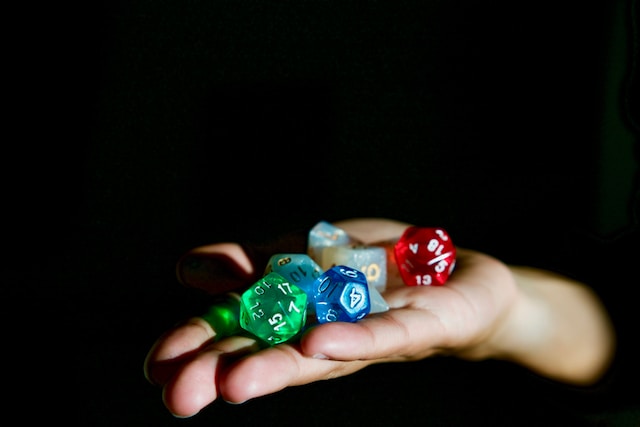Imagine a world where you can create your own adventures, where you can embark on epic quests, and where your imagination comes to life. Welcome to the world of Dungeons & Dragons, often abbreviated to D&D. This tabletop role-playing game (RPG) has captivated millions of players around the world for decades and has experienced a remarkable resurgence in recent years.
But what exactly is Dungeons & Dragons? How does it work? And why has it seen such a huge growth in popularity? In this post, we will explore the origins, mechanics, and the incredible rise of Dungeons & Dragons.
Origins of Dungeons & Dragons
Dungeons & Dragons was first published in 1974 by Gary Gygax and Dave Arneson, two avid gamers and fantasy enthusiasts. Drawing inspiration from tabletop war games and fantasy literature, Gygax and Arneson created a revolutionary game that allowed players to assume the roles of characters in a fictional world and embark on adventures guided by a game master (GM) who controls the story and the non-player characters (NPCs).
The game quickly gained a devoted following, and over the years, it has evolved and expanded with multiple editions and supplements, each building upon the rich lore and rules of the game. The game’s core mechanics are based on rolling polyhedral dice to determine the outcome of actions and encounters, with players using their characters’ abilities, skills, and creativity to navigate through a story-driven campaign.
How Dungeons & Dragons Works
At its core, Dungeons & Dragons is a collaborative storytelling experience. Players create characters by choosing from various races, classes, and backgrounds, before venturing into a fantasy world where the story unfolds. The game master serves as the narrator, describing the world and controlling the NPCs, while the players take on the roles of their characters, making decisions and taking actions that shape the outcome of the story.
Dungeons & Dragons uses a system of rules to resolve actions and conflicts. The most common way to determine success or failure is by rolling a 20-sided die, also known as a d20, and adding relevant modifiers based on the character’s abilities, skills, and equipment. This determines whether an action, such as attacking an enemy, casting a spell, or picking a lock, is successful or not.
Characters in Dungeons & Dragons have attributes such as strength, dexterity, constitution, intelligence, wisdom, and charisma, which affect their abilities and skills. They also have classes, such as warrior, wizard, rogue, or cleric, which determine their abilities, spells, and playstyle. Progressing through the game, characters gain experience points (XP) and level up, becoming more powerful and unlocking new abilities.

The Growth of Dungeons & Dragons
Dungeons & Dragons has experienced a remarkable resurgence in recent years, with a rapidly growing player base and increased mainstream visibility. The game has become a cultural phenomenon, with players of all backgrounds and ages coming together to create shared adventures and stories.
One of the key drivers of Dungeons & Dragons’ growth has been the advent of online platforms and streaming services that enable players to connect and play remotely. Virtual tabletops, like Roll20 and Fantasy Grounds, provide tools for players to gather online, while streaming platforms, such as Twitch and YouTube, have popularized live-play shows where players and game masters share their gaming sessions with audiences around the world. These platforms have allowed Dungeons & Dragons to reach new audiences and foster a vibrant online community of players and content creators.
Additionally, the game has seen increased representation and inclusivity, with more diverse characters, settings, and themes being incorporated into the game. Dungeons & Dragons has become a platform for storytelling and self-expression, allowing players to create characters that reflect the way the wish to be seen, exploring self identity in a safe space.
How Does This Relate to the Workplace?
As you can see D&D and other games like it provide a toolkit to explore social interactions. Players can experiment with leadership styles, team communication and cohesion. If framed properly it can provide a safe space to experience stressful situations as a team. Shared adversity that can bring team members together.
Of course roleplaying has been used in the training context for years. But I believe that these tools can take teams beyond training. Embedding values, fostering communication and developing skill.
As this blog progresses I’ll be looking at all of these in more detail and finding areas where purposeful D&D can boost your team.


